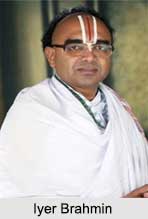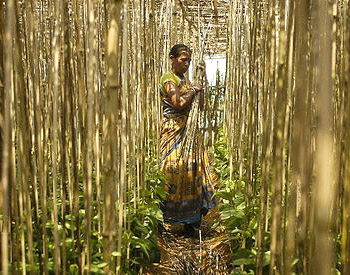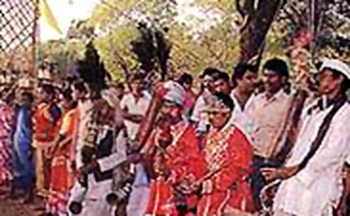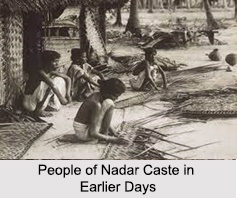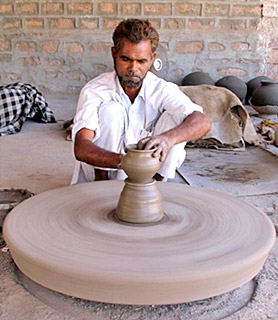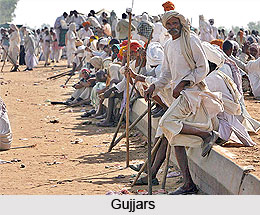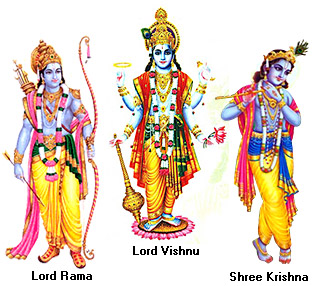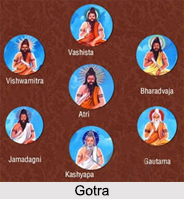 Dining room is an indispensable part of a flat. The place where one eats must be constructed with care and precision. By following the basic principles of Vastu Shastra these units can be constructed.
Dining room is an indispensable part of a flat. The place where one eats must be constructed with care and precision. By following the basic principles of Vastu Shastra these units can be constructed.
•The dining rooms should be constructed in the west side of the building. If it is in the east or the north that too is acceptable.
•Both the kitchen and the dining hall should be on the same floor. So if the kitchen is on the ground floor, the dining hall should also be on the ground floor. The simple reason behind this is that it may not be proper to climb stairs while carrying food.
•While taking food, the head of the family should sit facing the east. Others can sit facing the east, the west or the north. However, nobody should sit facing the south. If it is done, unnecessary quarrels take place.
•Before we start taking our food it should be served to the cow, the birds and other animals.
•The dining halls should have a door in the east, the north or the west. There should be no arches in these units.
•The dinning table should not be round shaped, egg shaped, hexagonal or of irregular shape. It should be square or rectangular in shape. Do not attach or fold it with the wall.
•Keep water in the north-east corner of the room. The wash basin should be placed in the east or the north. However do not keep this in the south-east and the south-west corners.
•Toilets should not be attached with the dining rooms. However, attached room for washing clothes or utensils are acceptable.
•The door of the dining room and the main entrance door of the house should not be facing each other directly. Paint the walls of the dining hall with light blue, yellow, saffron or light green colour.
•Nature portraits and paintings in the dining rooms create a positive energy.










